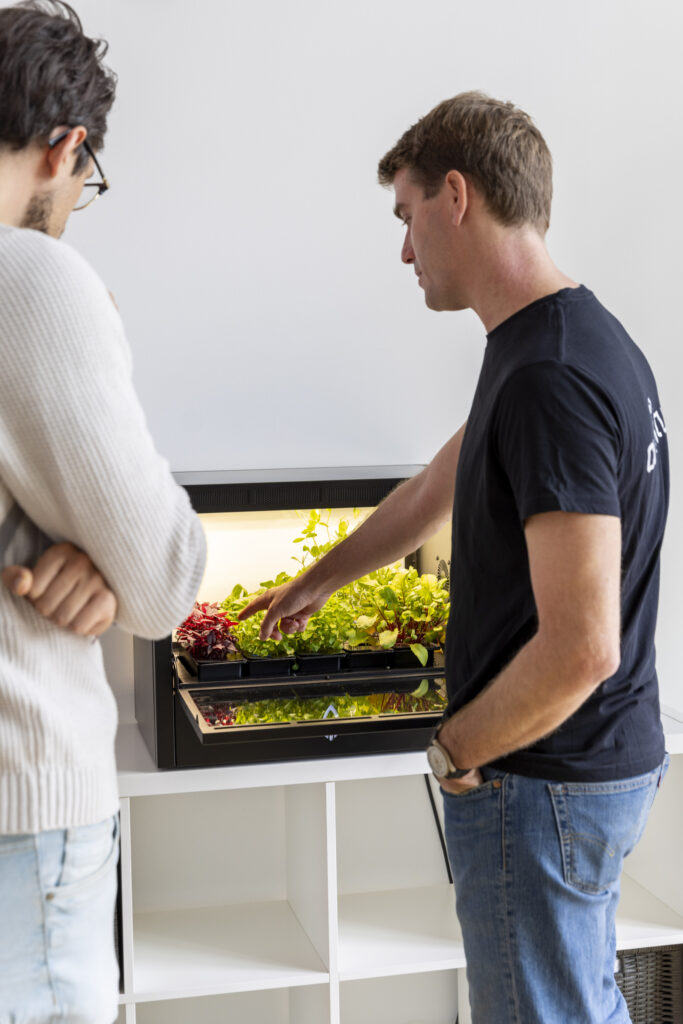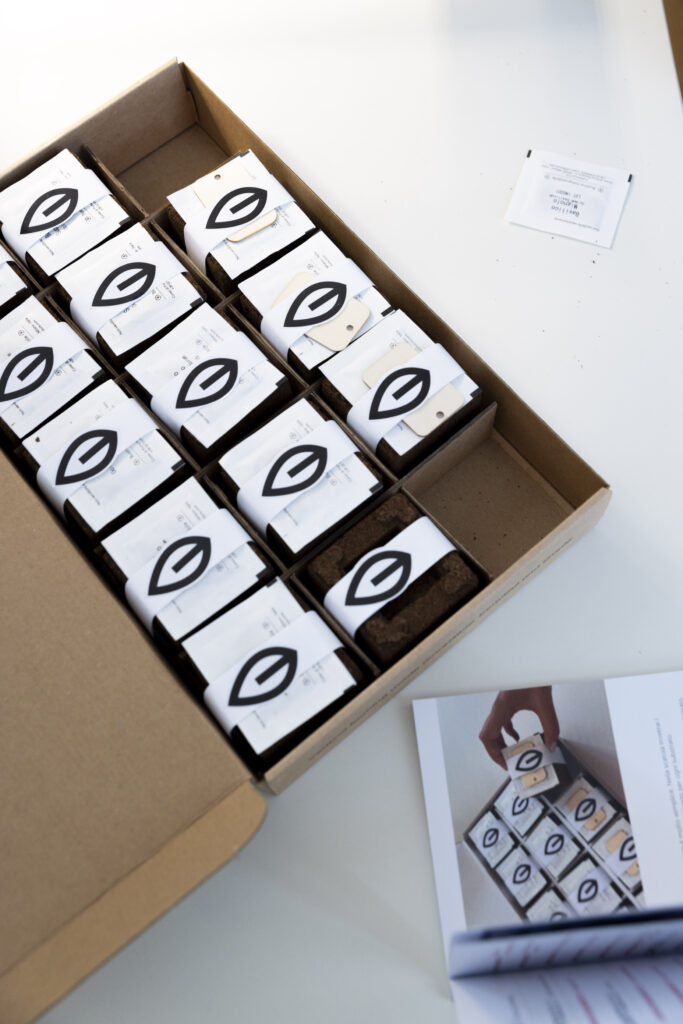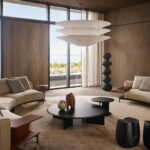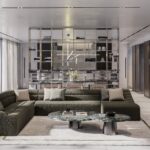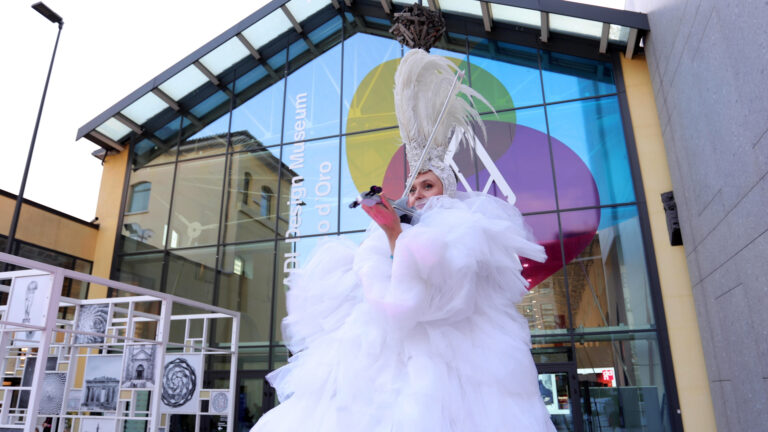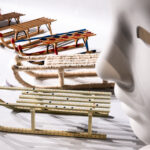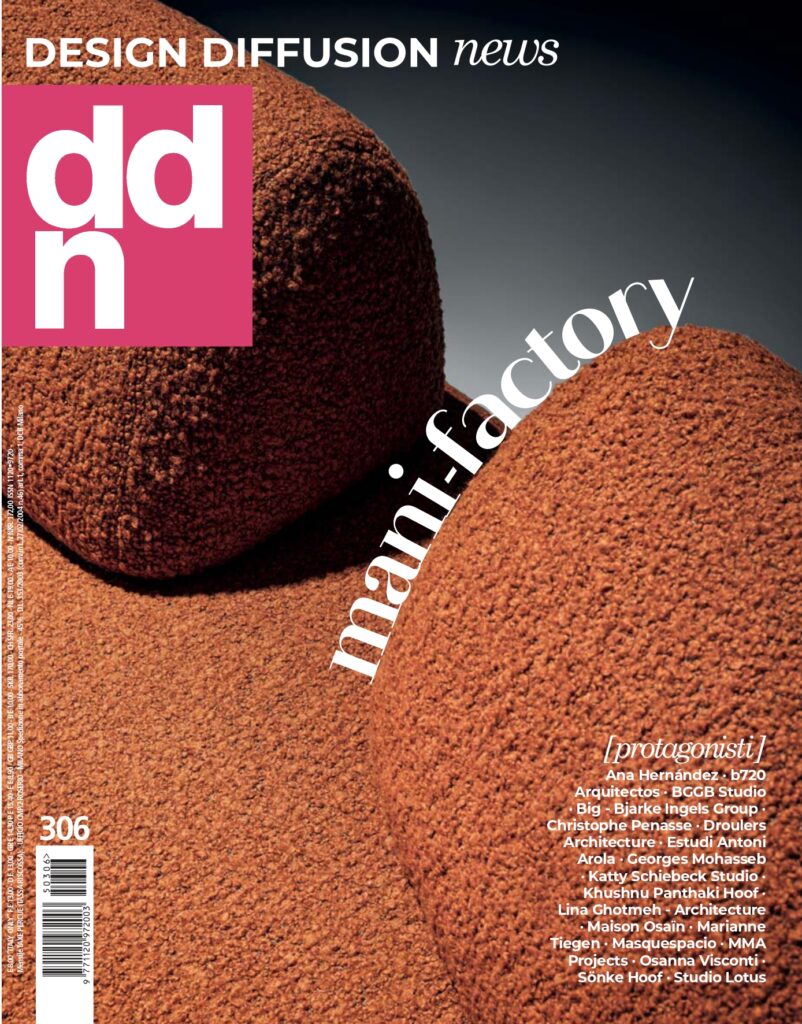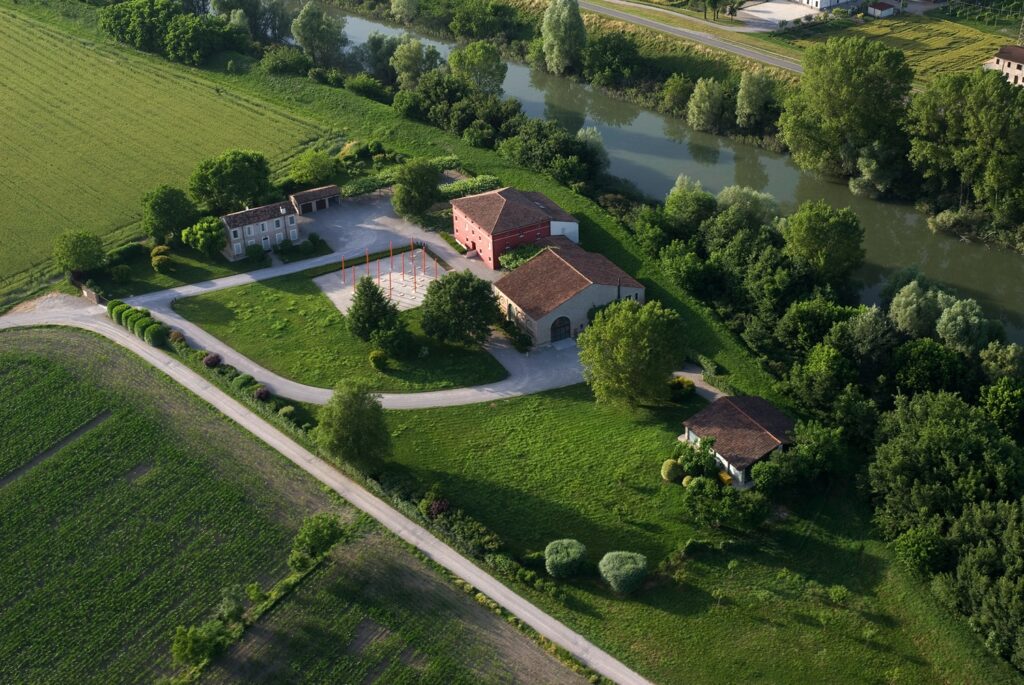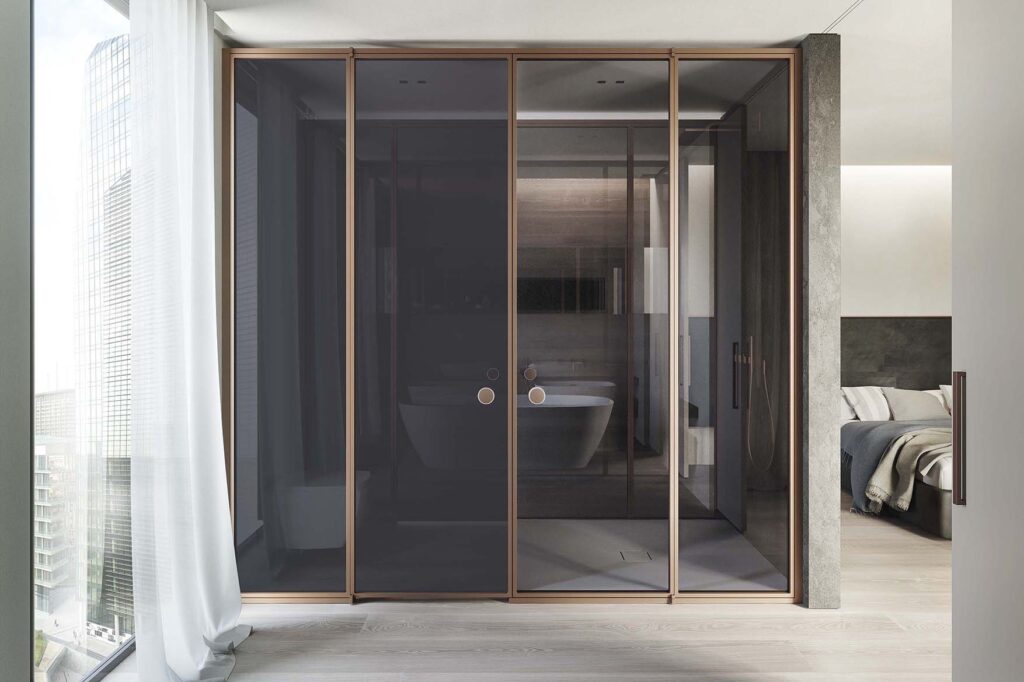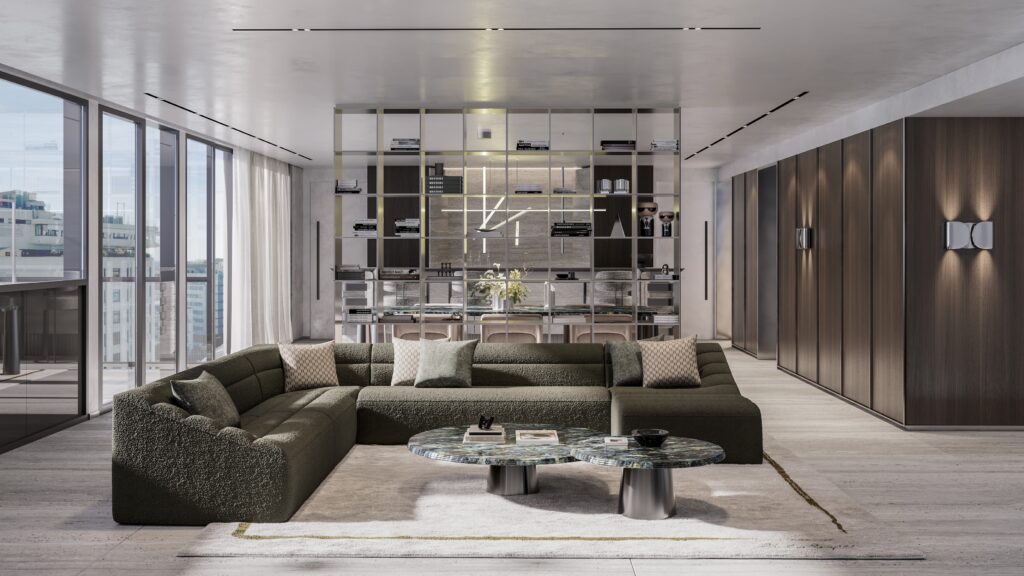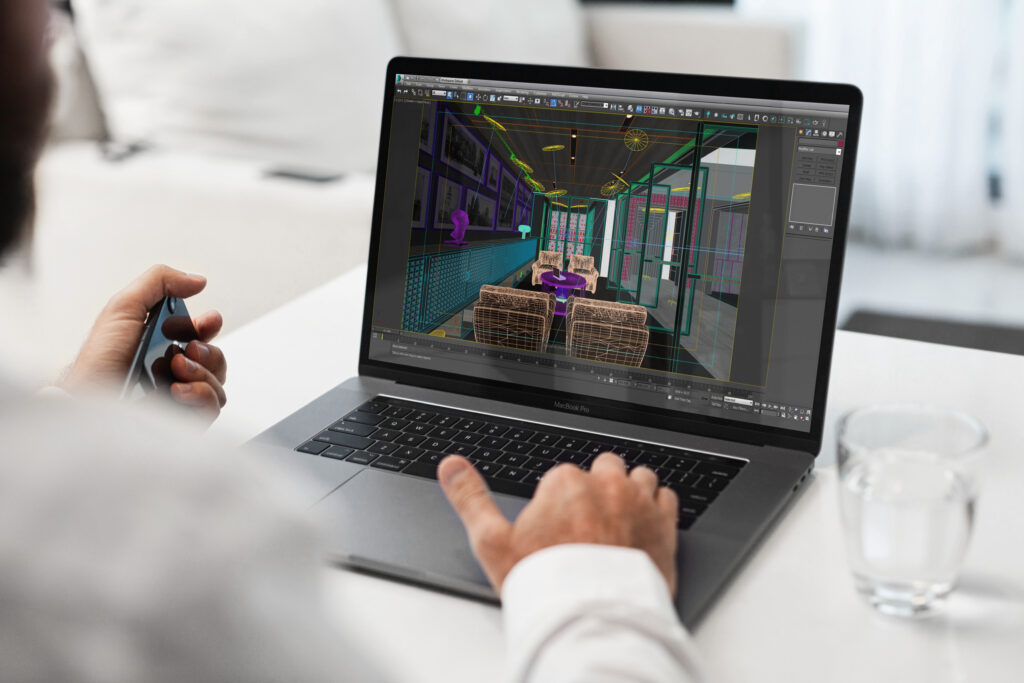An exclusive interview in DDN 302 explores the CultEvo project by Cultifutura—where sustainability, awareness, and innovation meet
In today’s design landscape, biophilic design is emerging as a powerful response to the growing disconnection between urban environments and the natural world. More than just an aesthetic trend, it reflects a deep human need to rebuild harmony with nature—through architecture, interior spaces, and increasingly, through technology.
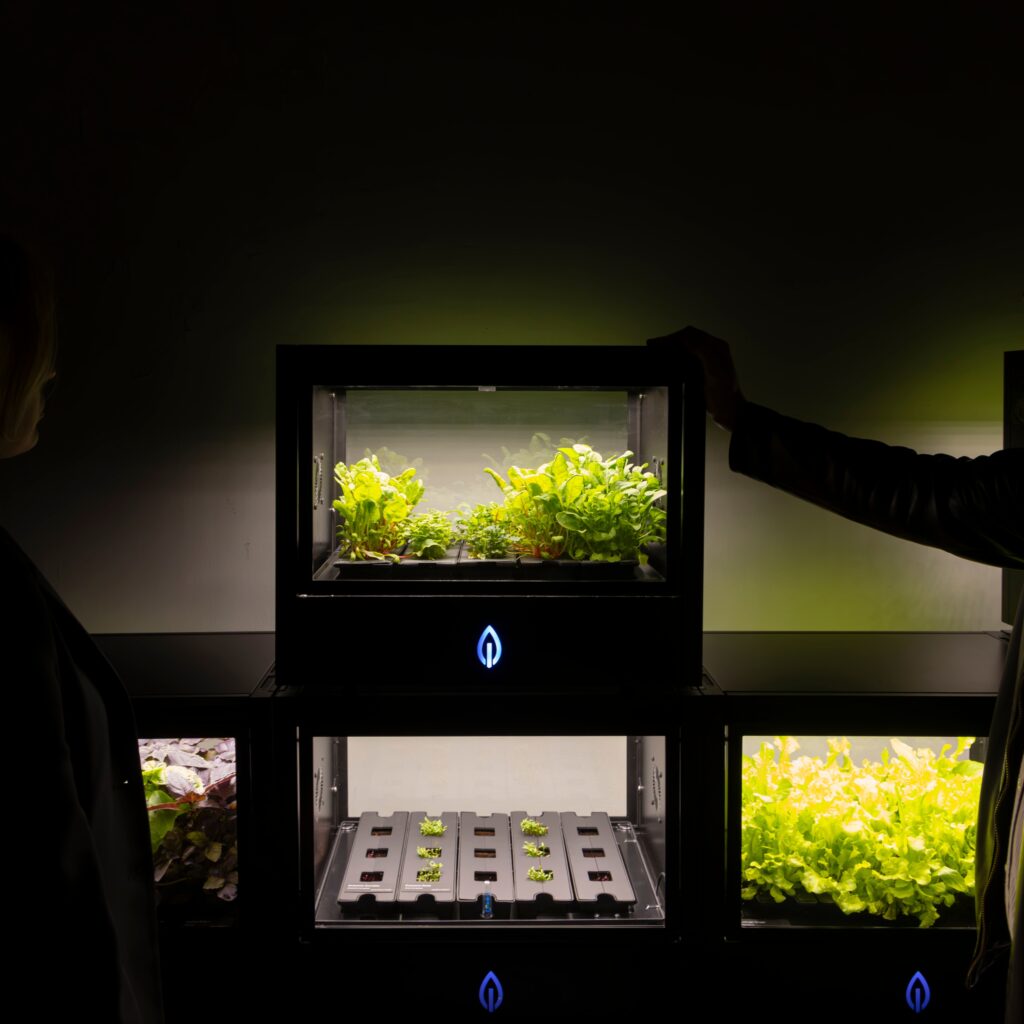
This is the context for our interview with Samuel Peabody, designer at Cultifutura, featured in issue 302 of DDN. With the CultEvo project—a smart indoor garden for microgreens, herbs, and edible flowers—Peabody shares his belief in design as a tool for education, capable of restoring environmental awareness from an early age. A conversation that explores the future of our cities, the role of schools and workplaces, and how design can literally plant the seeds of a more conscious relationship between people, technology, and nature.
What follows is the full interview
Which design trends impressed you the most at the recent Salone del Mobile, and why do you think they are significant in today’s context?
What struck me most was the persistent trend of reconnecting urban spaces with nature. I sensed a response to a genuine human need for connection, both with the natural environment and with one another, in an increasingly urbanized and digitized world. I find this development particularly significant, as it represents an evolution from symbolic gestures toward a more conscious, human-centered design approach.
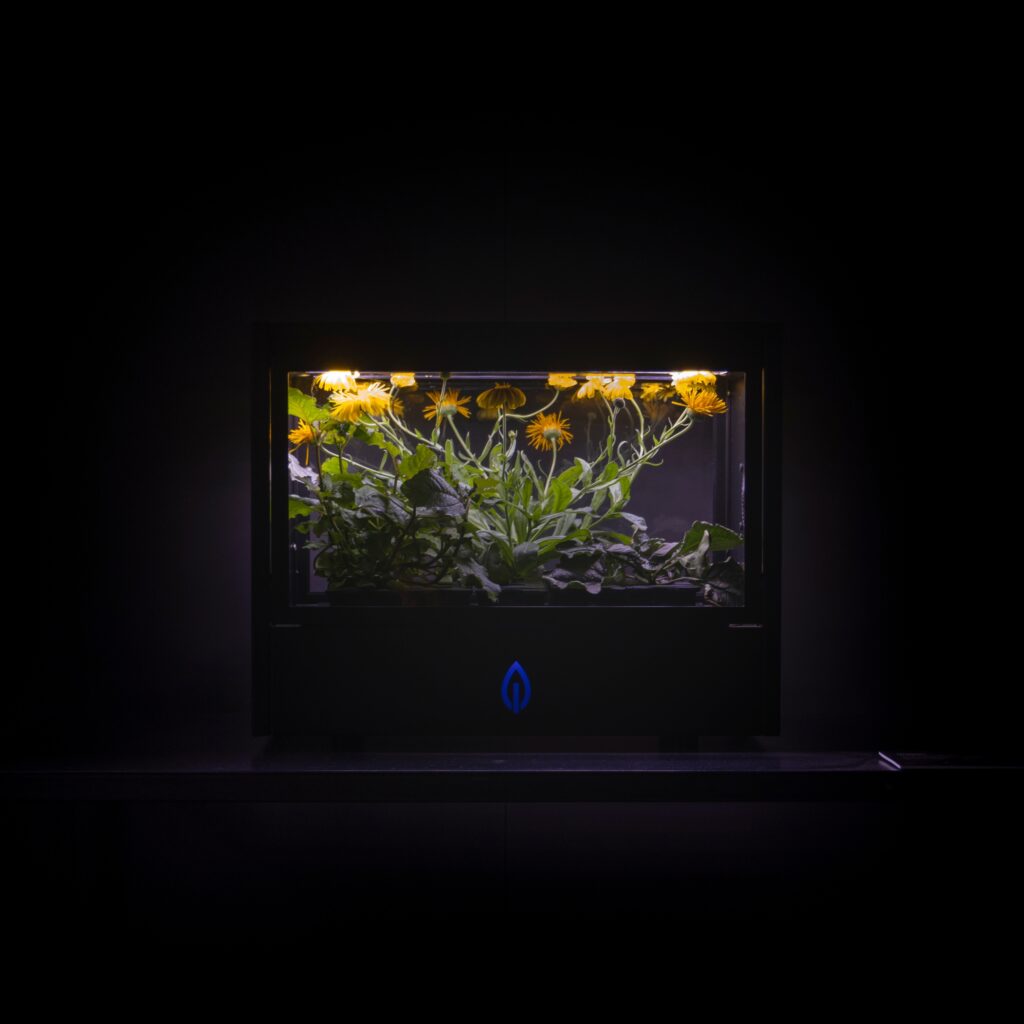
How do these trends reflect (or clash with) your design vision and the work you have done on CultEvo?
These trends perfectly mirror the vision of Cultifutura and our flagship product, CultEvo: a digital garden that autonomously cultivates microgreens, aromatic herbs, salads, and even floral species. The company’s mission is precisely to create products that reconnect us with nature through the fusion of technology and design. In our projects implemented in offices and schools, we daily observe how many children and adults raised in cities lack awareness of the origins of their food or the life cycle of common crops. We see CultEvo not only as a productive tool and a refined design object but also as an educational platform: a concrete and meaningful experience that restores this essential bond with nature and fosters awareness through the simple yet profound act of growing one’s own food.
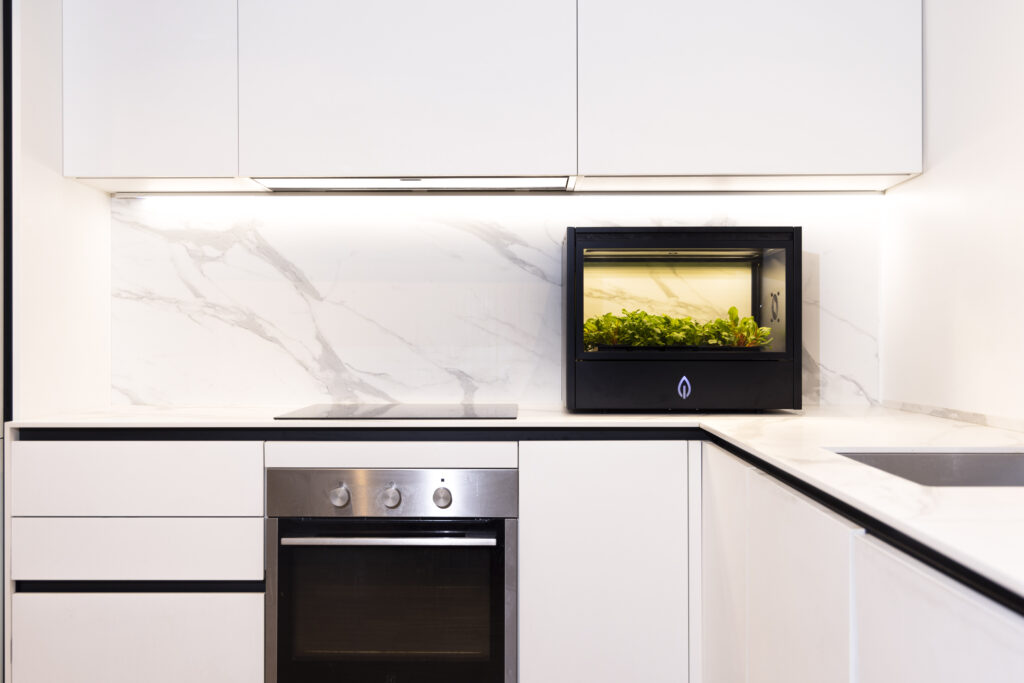
How do you envision the future of design in the coming years? Do you have any concrete predictions or personal hopes you wish to see fulfilled?
My hope for the future of design is that technology will be employed not only to improve efficiency or aesthetics but to create solutions that promote an authentic respect for nature and restore a profound connection with it—while simultaneously raising awareness of the impact we have on natural resources.
